Home Birth Edition
The benefits of family-centered birth care began to emerge over the last decades. Initially, this model of care started in the fields of pediatrics and geriatrics. The importance of keeping children with their family members and including families as a whole in their care plan positively impacted physical and emotional outcomes. However, over time it has grown into many other areas of medicine and brought much-needed changes to how we approach and view care and the active roles patients play in their care.
Patient- and family-centered care is working “with” patients and families, rather than just doing “to” or “for” them.
Institute for Patient and Family Centered Care
I’d love to share how this approach benefits birth experiences both at home and in the hospital setting. This post will focus on home births. This beautiful birth is a prime example of how it can look in the home setting.
Home birth provides the perfect setting for emphasizing family-centered birth care, after all, it is the birth of not just your baby, but your family as a whole, however it may look!
Of course, not everyone is a candidate for home birth, and delivering safely is always the best option. Always follow the advice of your care provider and be sure to explore and examine if home birth is a safe option for you.
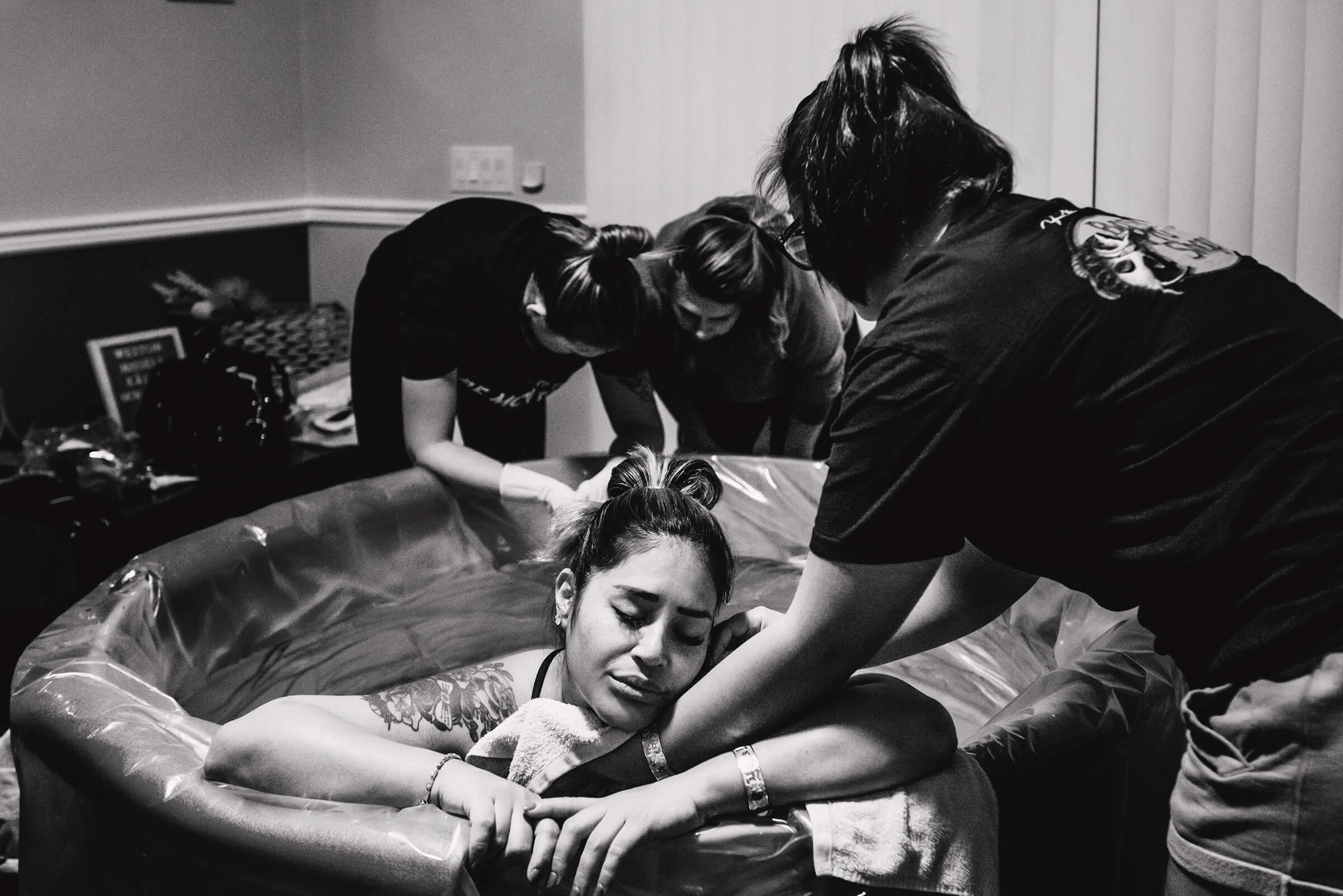
As a labor and delivery nurse from 2000-2019, I enjoyed seeing many benefits of family-centered birth care emerge in my field. Patients and their families were empowered to participate actively in their care. The evolving emphasis on keeping moms and babies together, especially in those vital first hours, changed over my career for the better. Birth spaces became more family-friendly and much more comfortable and relaxed spaces. I learned firsthand how vital including family is in helping patients feel supported physically and emotionally.
During the pandemic, when families were separated from each other, and birth spaces became more and more restrictive, it felt like we had taken ten steps backward. Mothers were away from their children at home for more extended periods. Mothers weren’t allowed to have more than one support person present. It felt like a big gap had formed in the model of family-centered birth care.
I have loved being present in more and more home births in my role as a birth photographer, and I would have to say that this is part of the home and birth center births that has had the most significant impact on me; the stress on the family as the center. Also, during the pandemic, I saw more and more women turn to options outside of the hospitals, and this type of care was often the driving force.
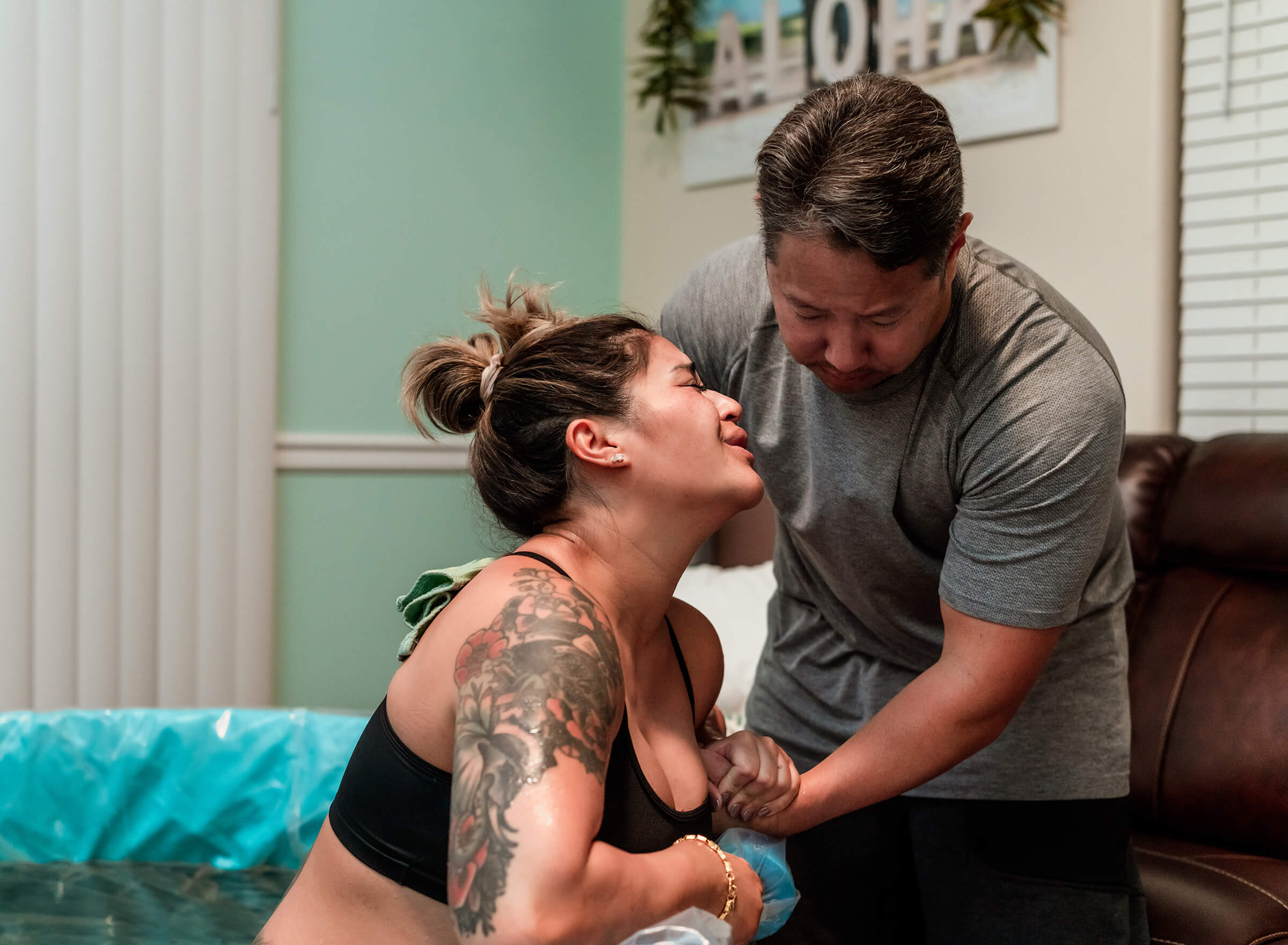
Patient Empowerment
As a labor and delivery nurse from 2000-2019, I enjoyed seeing many benefits of family-centered birth care emerge in my field. Patients and their families were empowered to participate actively in their care. The evolving emphasis on keeping moms and babies together, especially in those vital first hours, changed over my career for the better. Birth spaces became more family-friendly and much more comfortable and relaxed spaces. I learned firsthand how essential including family is in helping. One of the primary benefits of family-centered birth is the empowerment it gives families as they play an active role in their plan of care. With communication between patients and their midwives, a safe care plan can be arrived upon. It is a team approach, with families actively choosing who is present in their birth space between midwives, doulas, and ancillary staff versus being cared for by strangers. With active planning with their birth team, decisions can be made on spaces utilized, water birth versus land birth, and family members’ roles.
I have found in my experience that family members play a much more active role in this setting. It makes sense as these are the spaces they are most comfortable in, and family members and friends know you the best.
Patients can more easily change positions in this setting, often utilizing the comfortable spaces in their homes, such as showers and bathtubs, to living spaces, such as bedrooms. I’ve even followed some of my clients on walks in the neighborhood to keep things moving along. The patient’s birth team most often tends to follow the mom’s directions on what feels comfortable versus directing it.
This family is a perfect example of family-centered care at home. This mother had given birth to two of her children in the hospital setting, and although she had good experiences, the idea of not being able to have her family around her swayed her decisions. She delivered mid-Covid and wouldn’t have been able to have her husband, children, parents, and aunts present. Family is very important to her and affected her decision on where she believed it was best for her to give birth. Well-Rounded Mama helped this family create their perfect birth story.
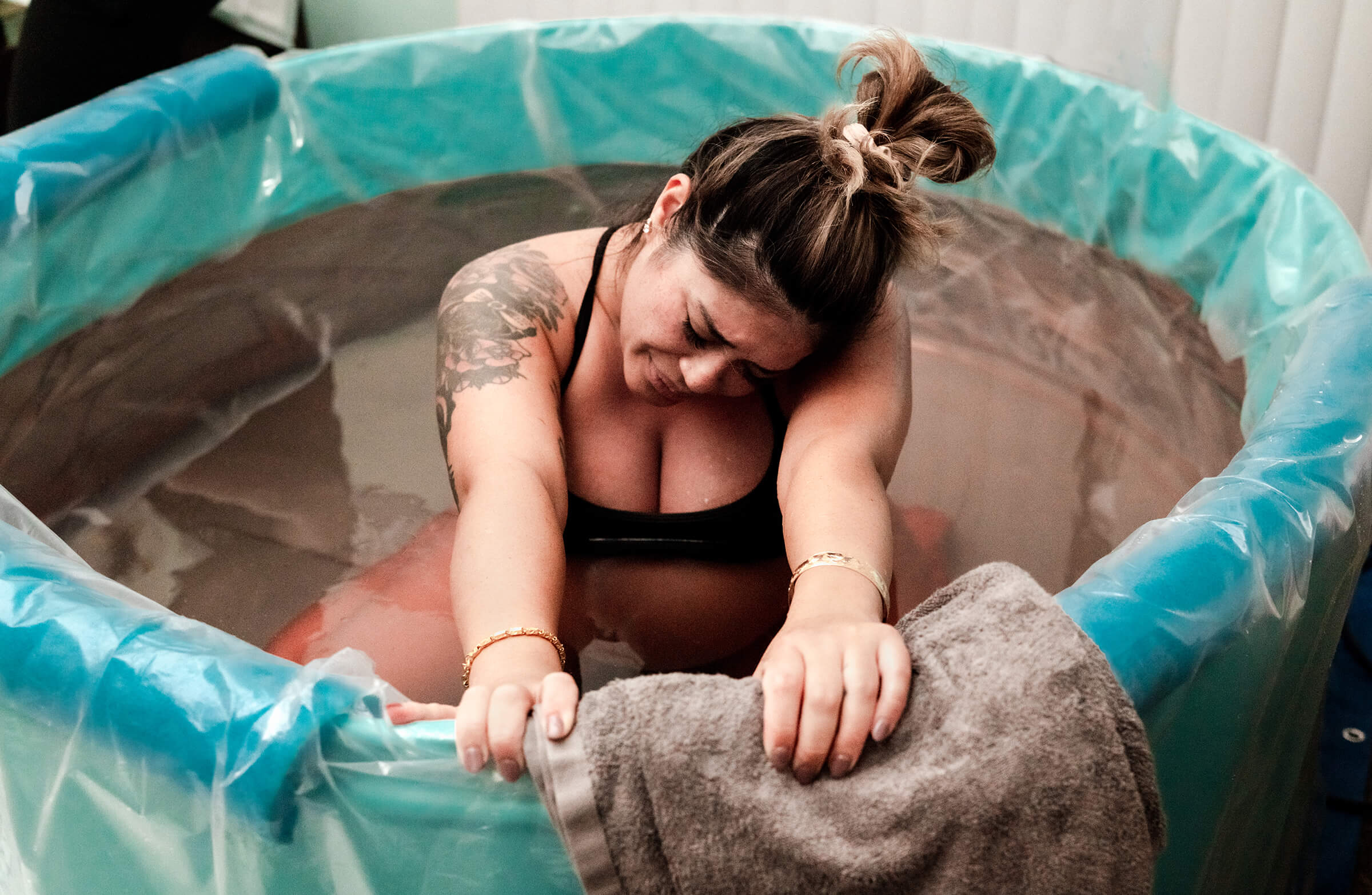
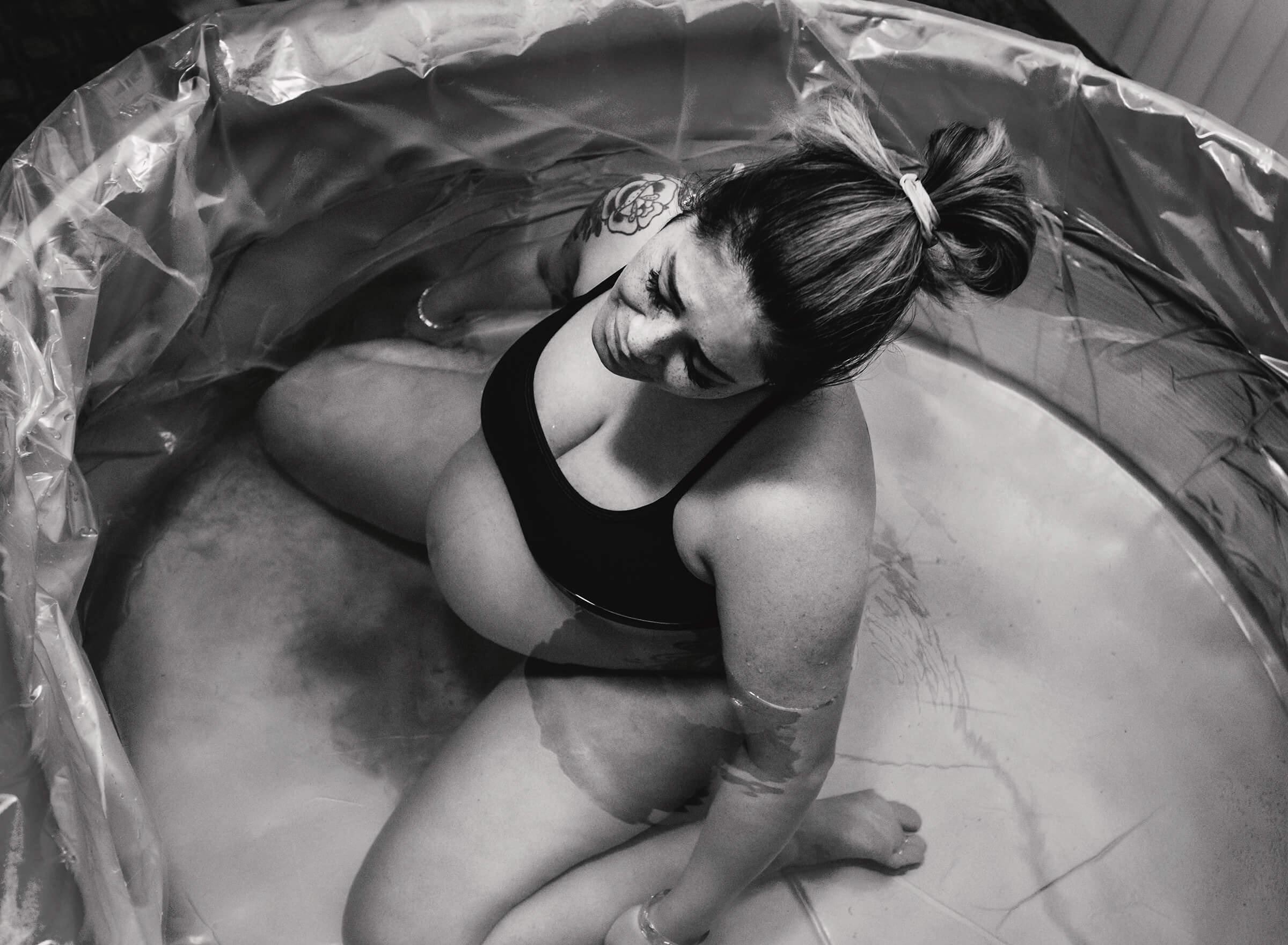
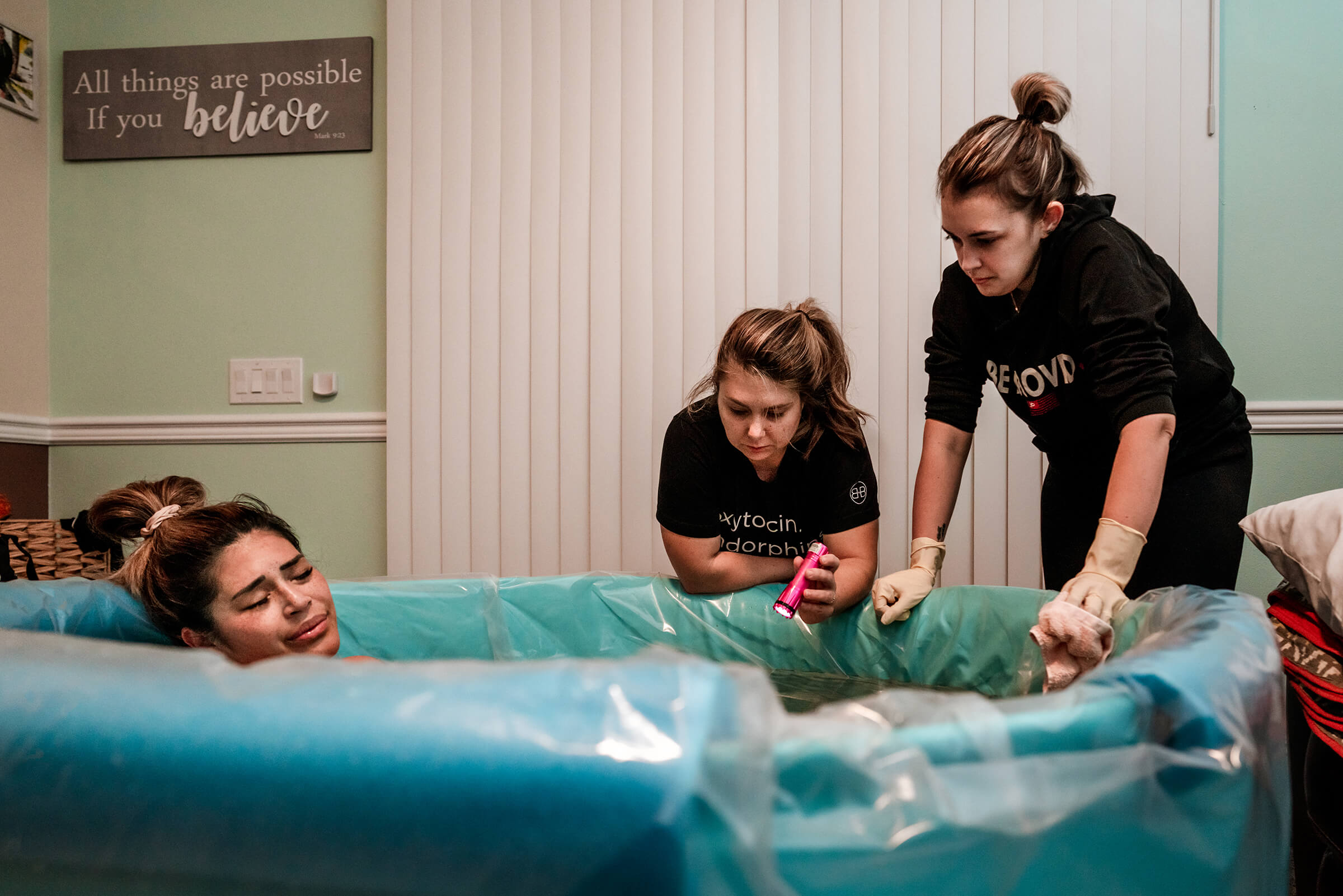
Dignity
Because families have actively chosen their birth team, their wishes and fears are well-known before the day they give birth. This adds layers of personalized care and adds dignity for families. Although I believe this type of care is achievable in all birth settings, a home birth adds the history of already knowing families and developing relationships with them. Their chances of everyone present in their birth space knowing them adds an extra layer of trust.
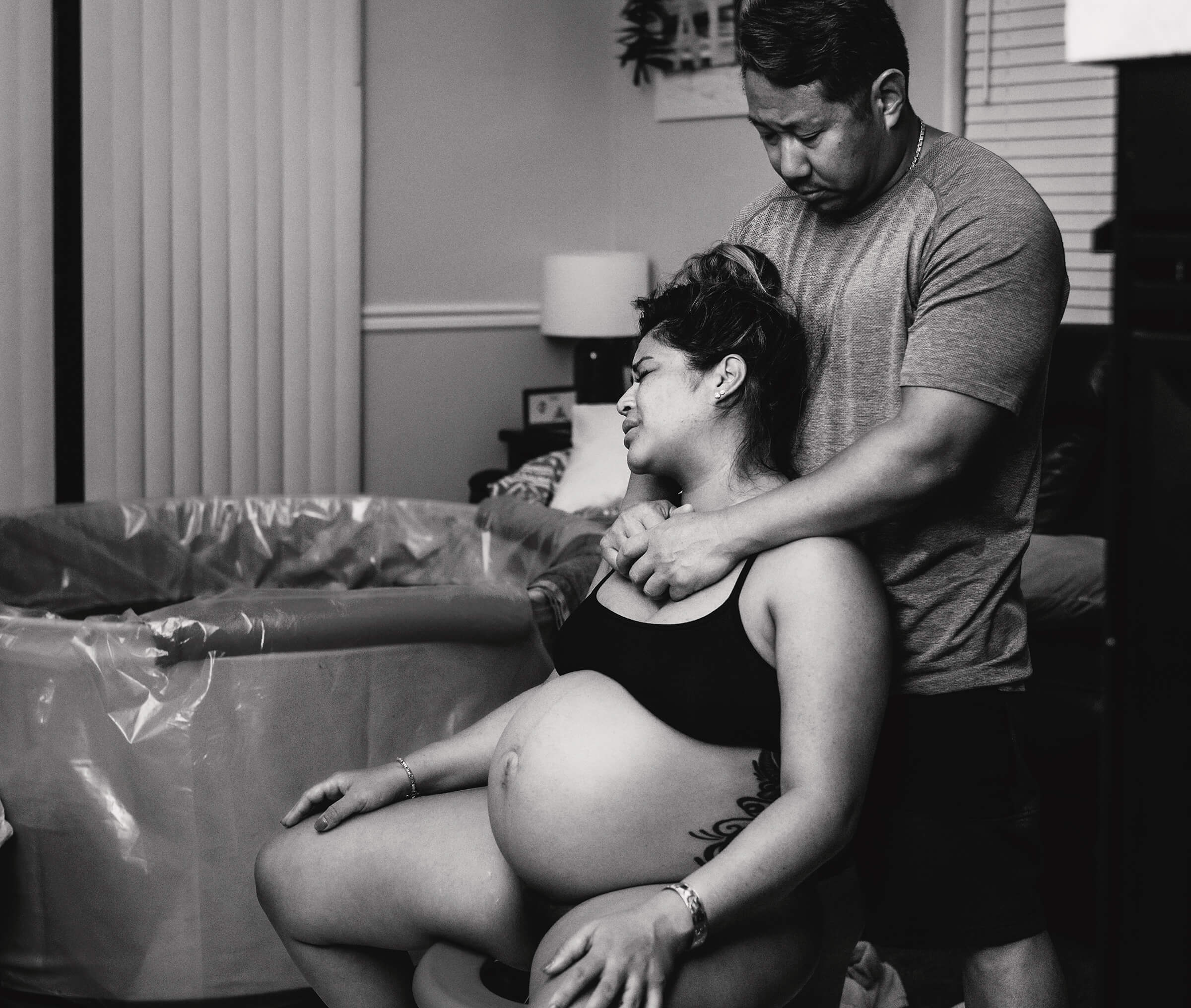
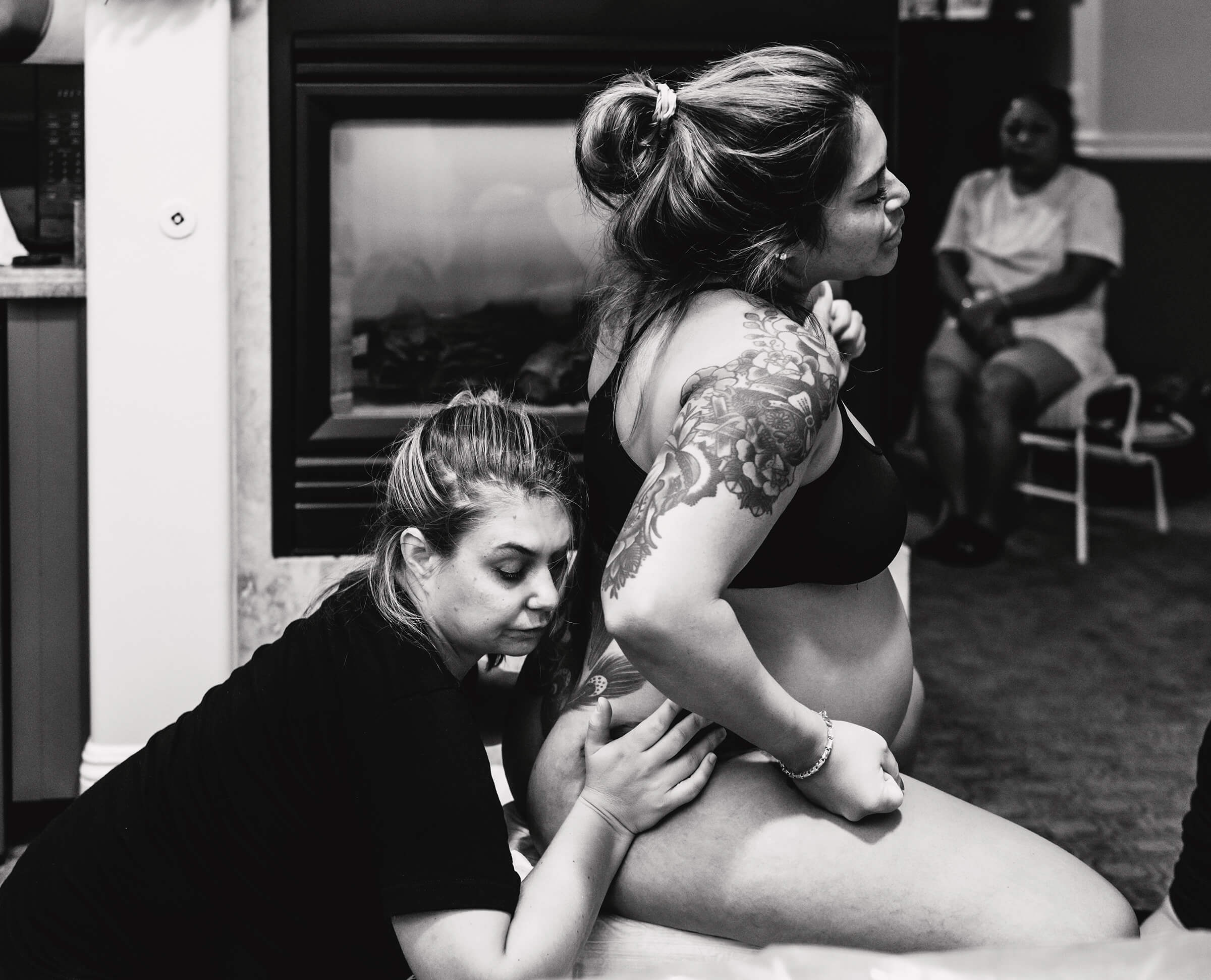
Although her family wasn’t always in the space she labored in, they were continually close by. Her children were asleep just on the other side of this wall, and her aunts and mother spoke encouraging words over her from the same area.
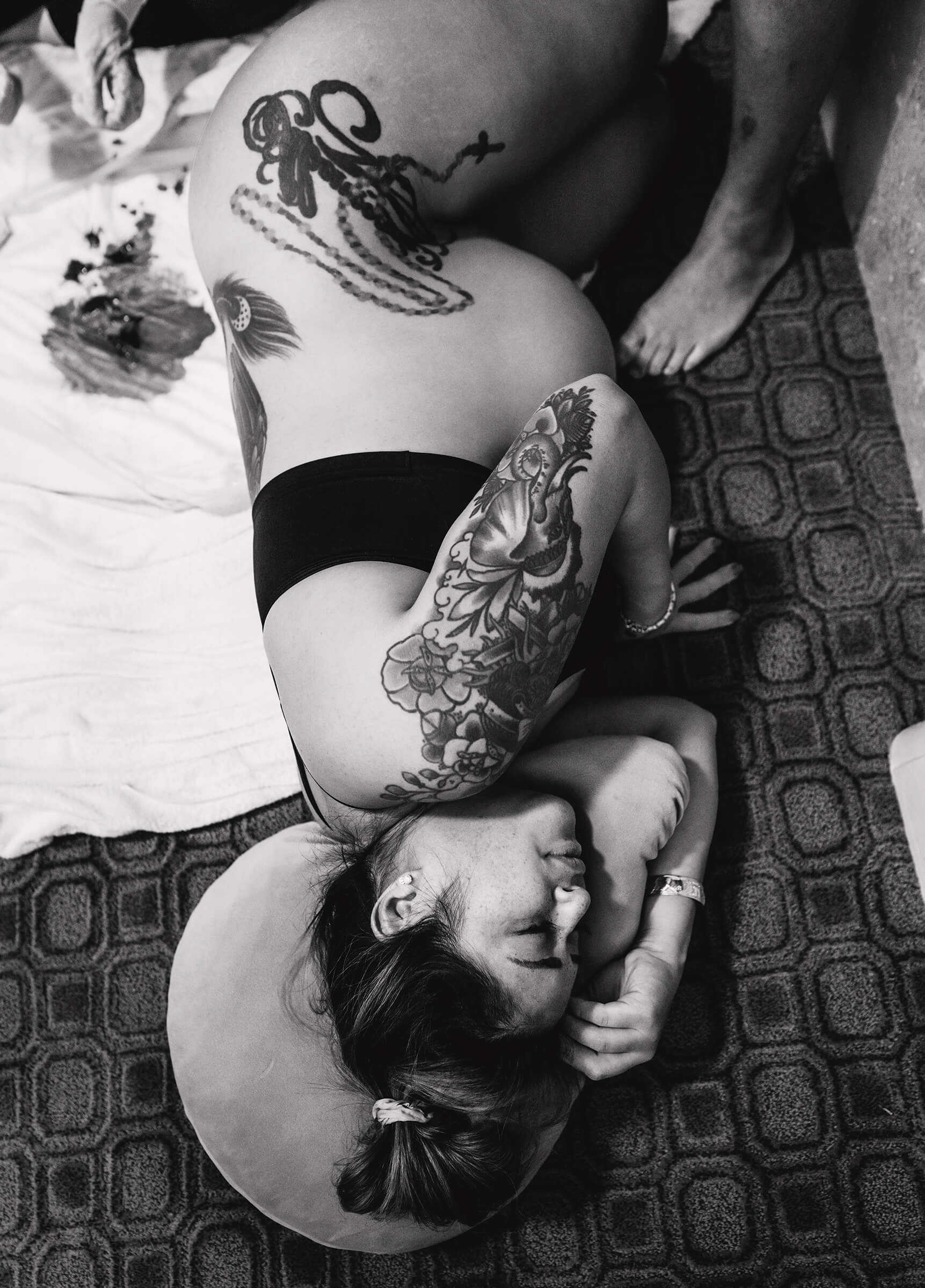

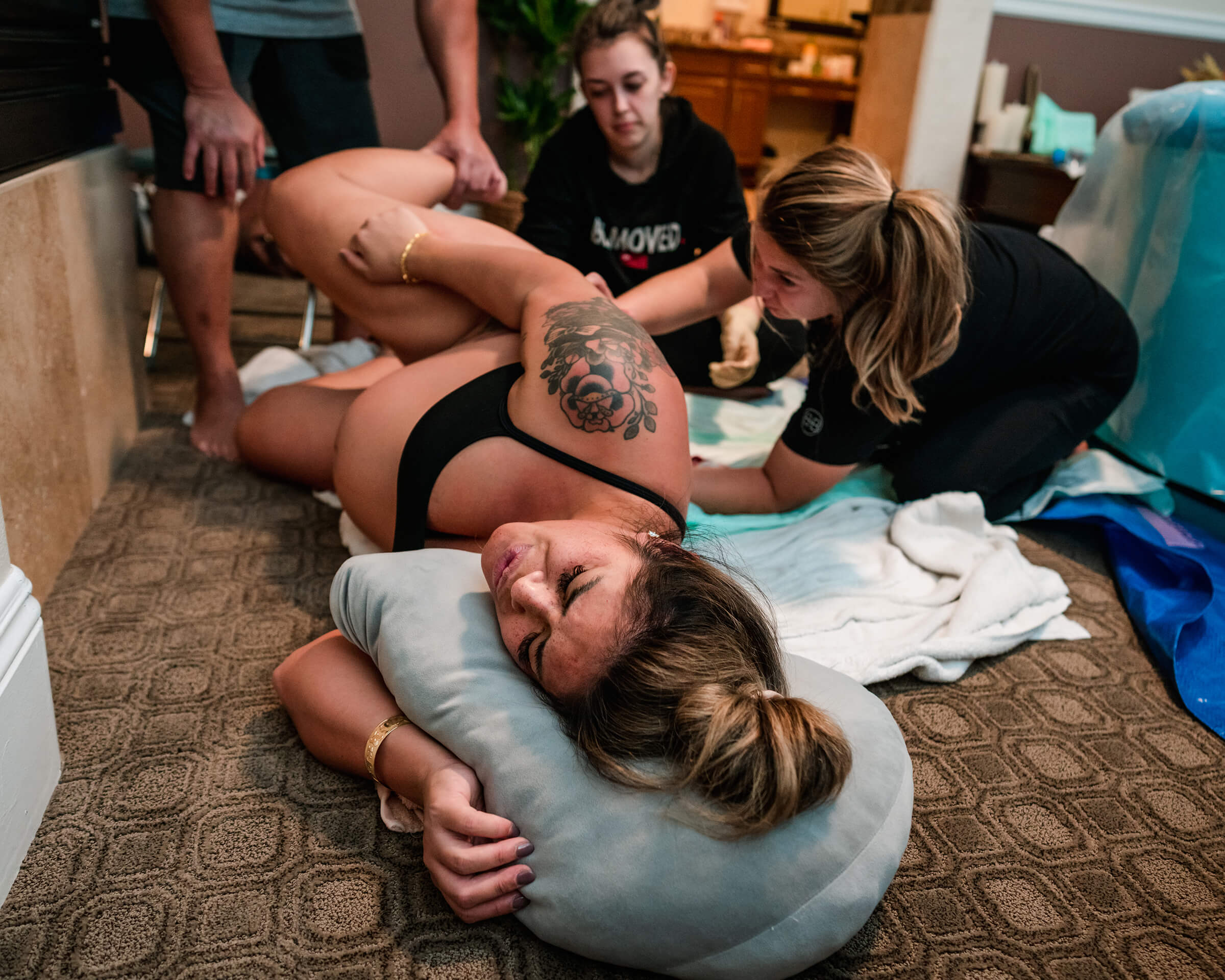
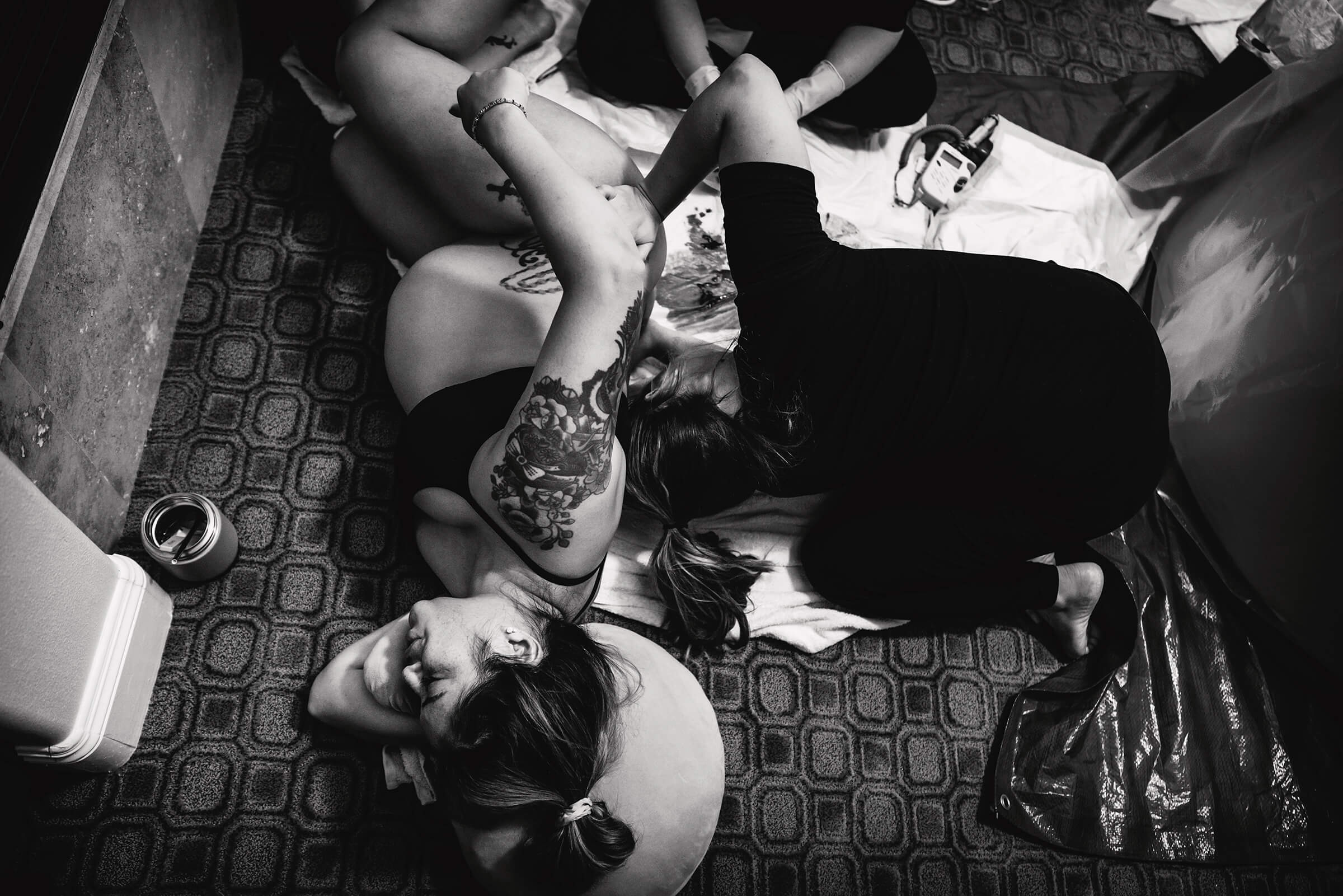
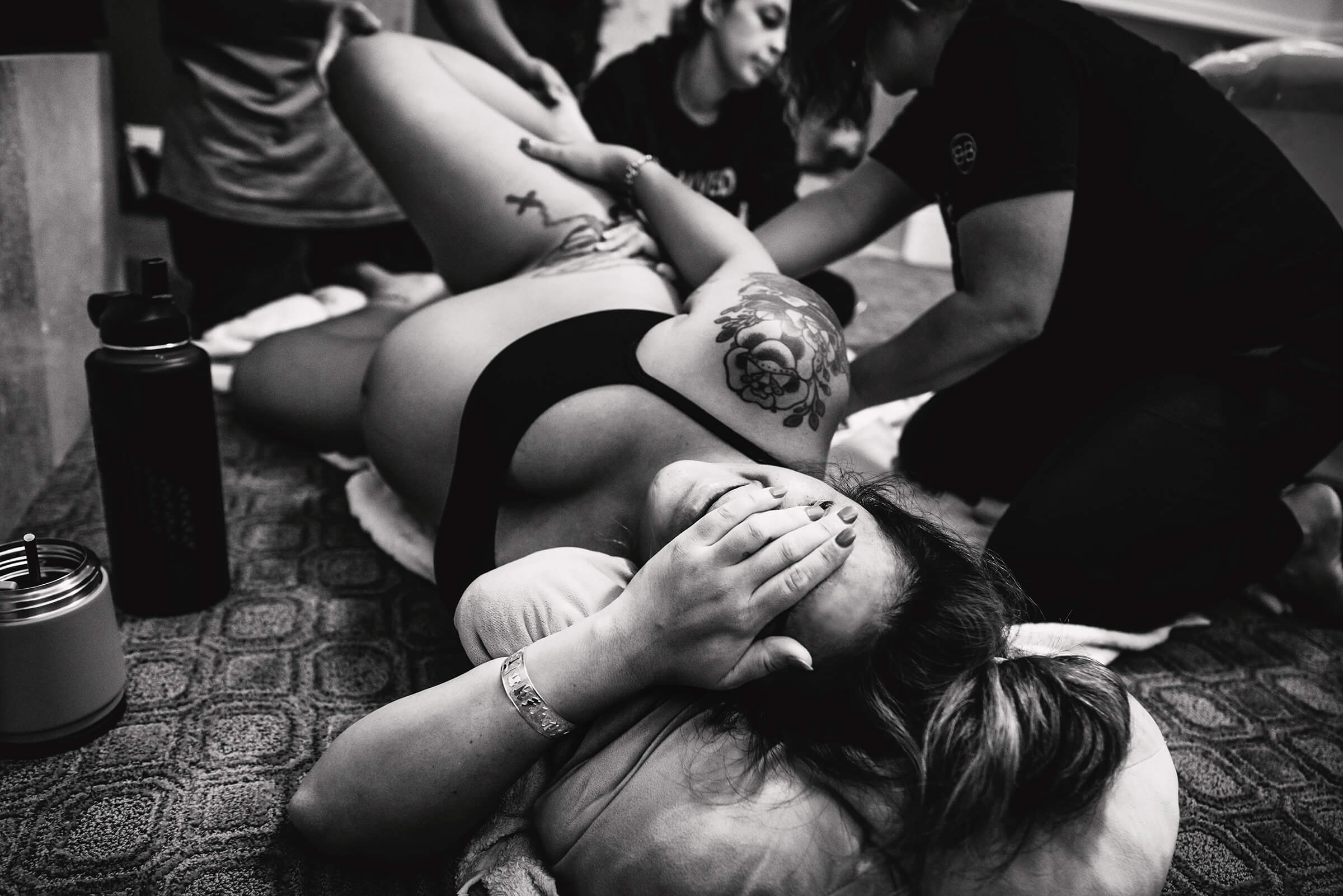
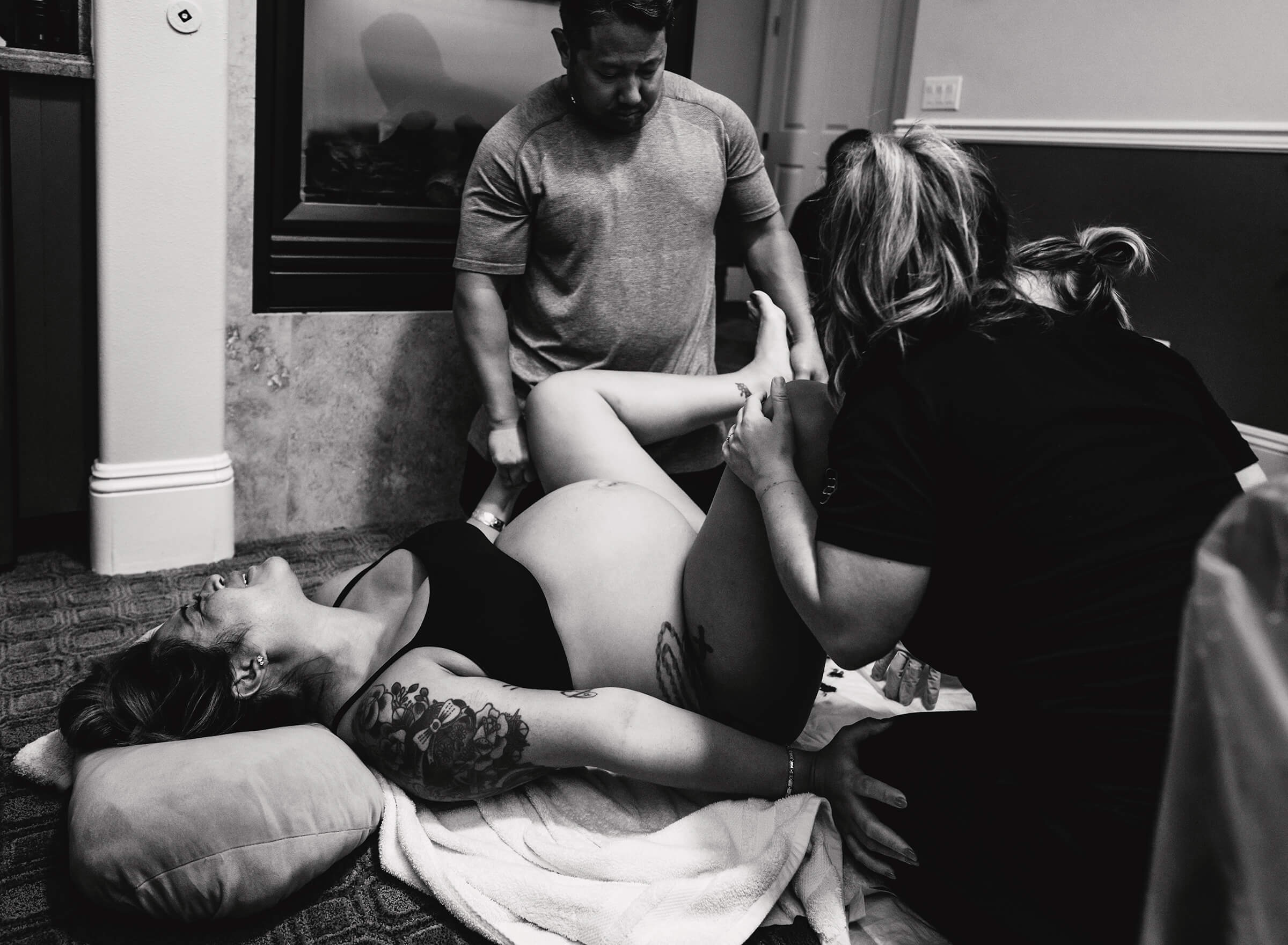


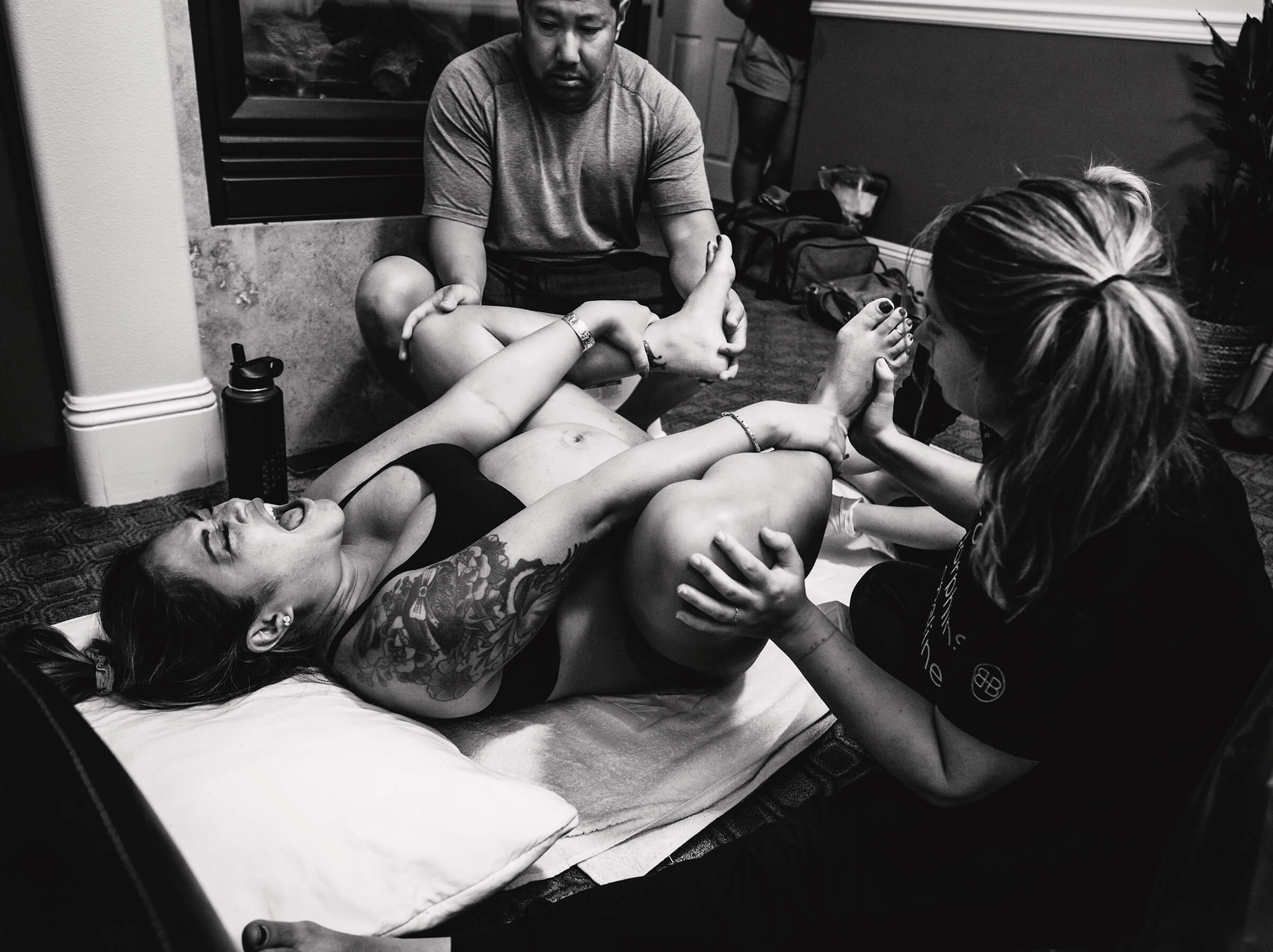
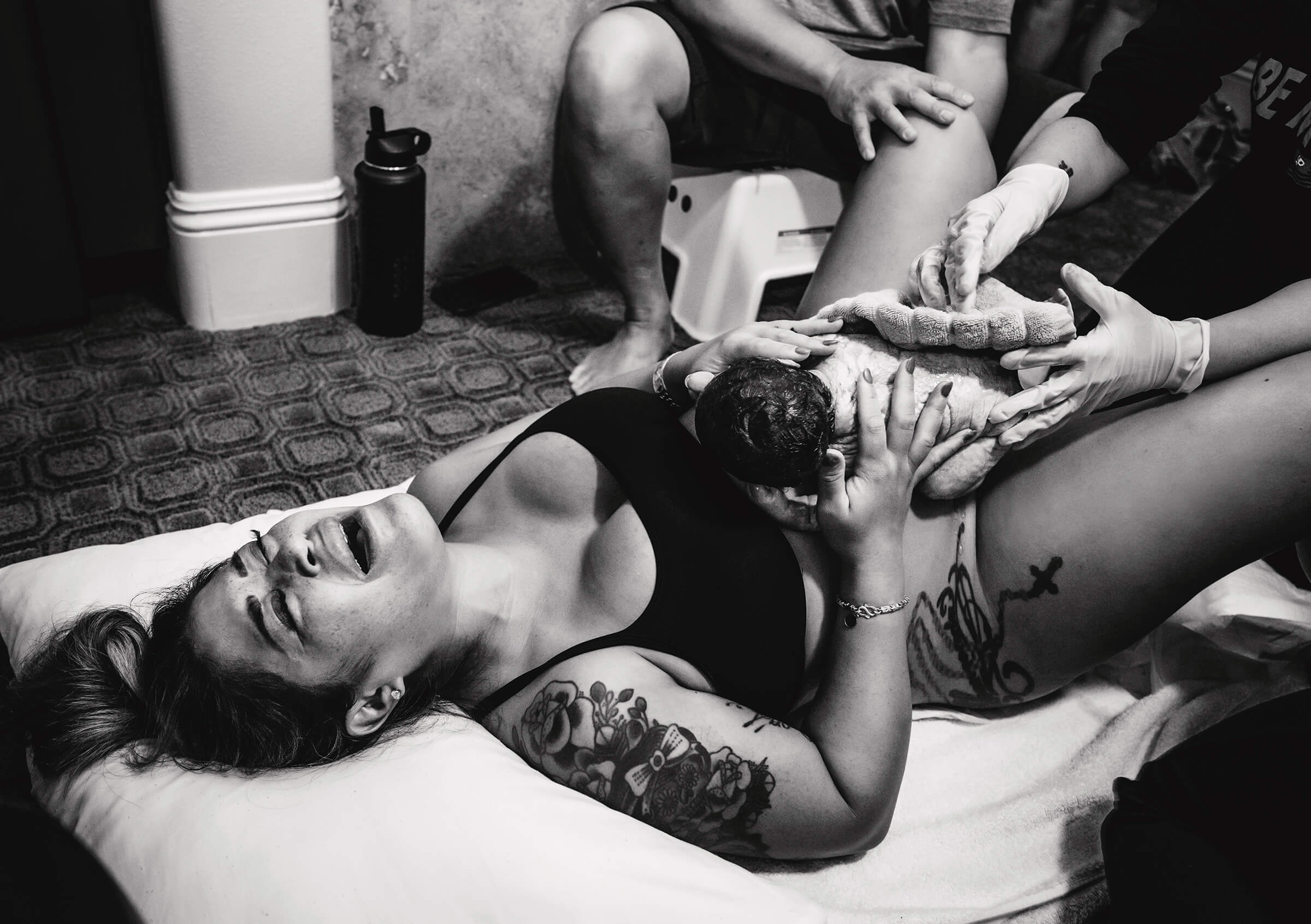
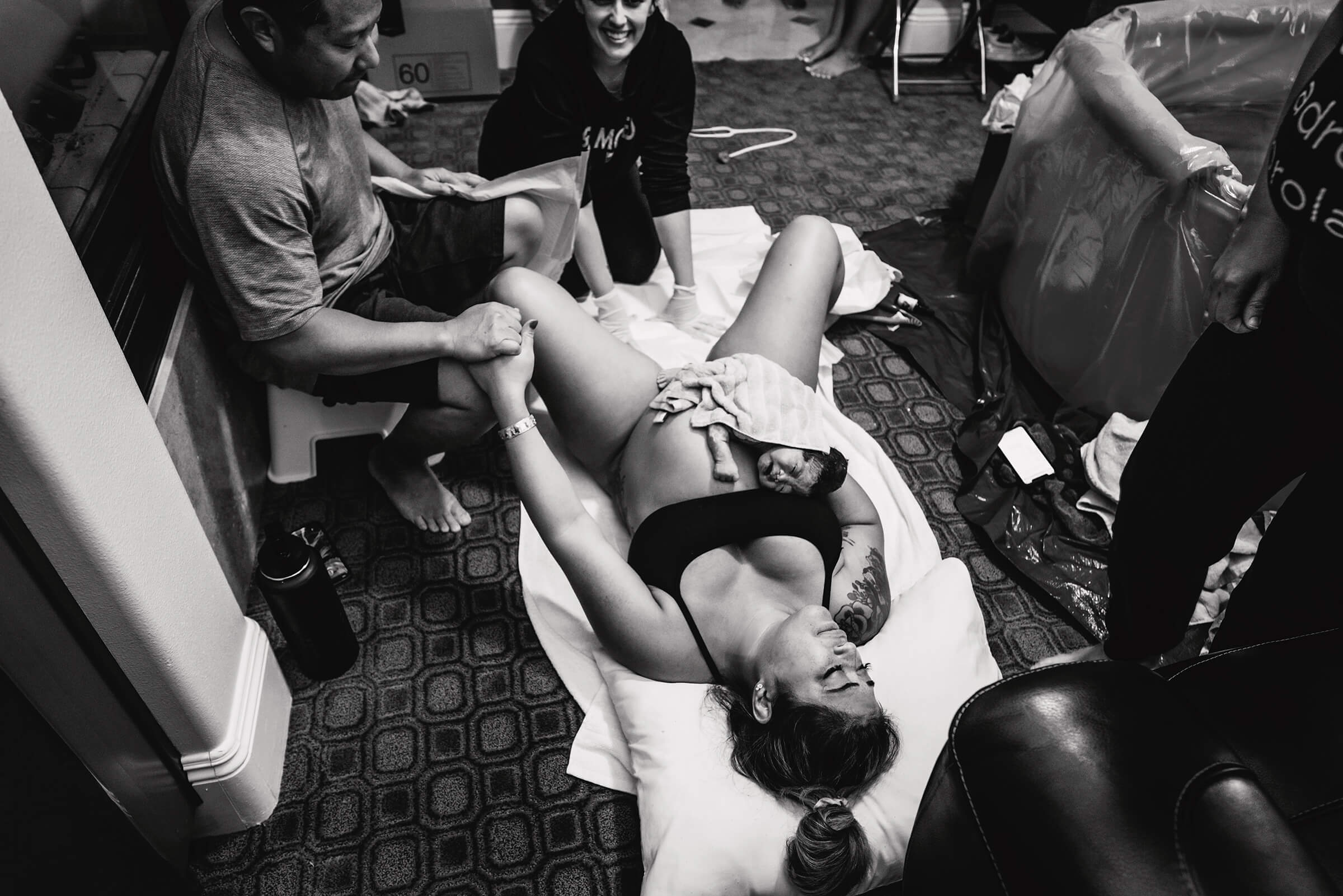
Health Benefits for Both Mom and Baby
One of the most significant changes I witnessed in my nursing career was the shift towards uninterrupted bonding between mom and baby during the first hour. Things that parents had long advocated for, like the baby remaining with mom that first hour, delayed cord clamping, waiting on medications, and measurements were done on mom’s chest, finally had come to fruition. But, of course, this has been standard in home births all along.
It is one of my favorite aspects to witness in home births. Midwives are hands-off (unless interventions are needed) and sit by for those first essential moments of skin-to-skin, breastfeeding, and bonding. Then, when the parents are ready, they step in for newborn assessments. It doesn’t feel rushed, and it is beautiful to see. Instead, they spend that time feeding and hydrating mom as needed, getting her to the shower (if she wants), and providing a pleasant environment for mom, baby, and the entire family.
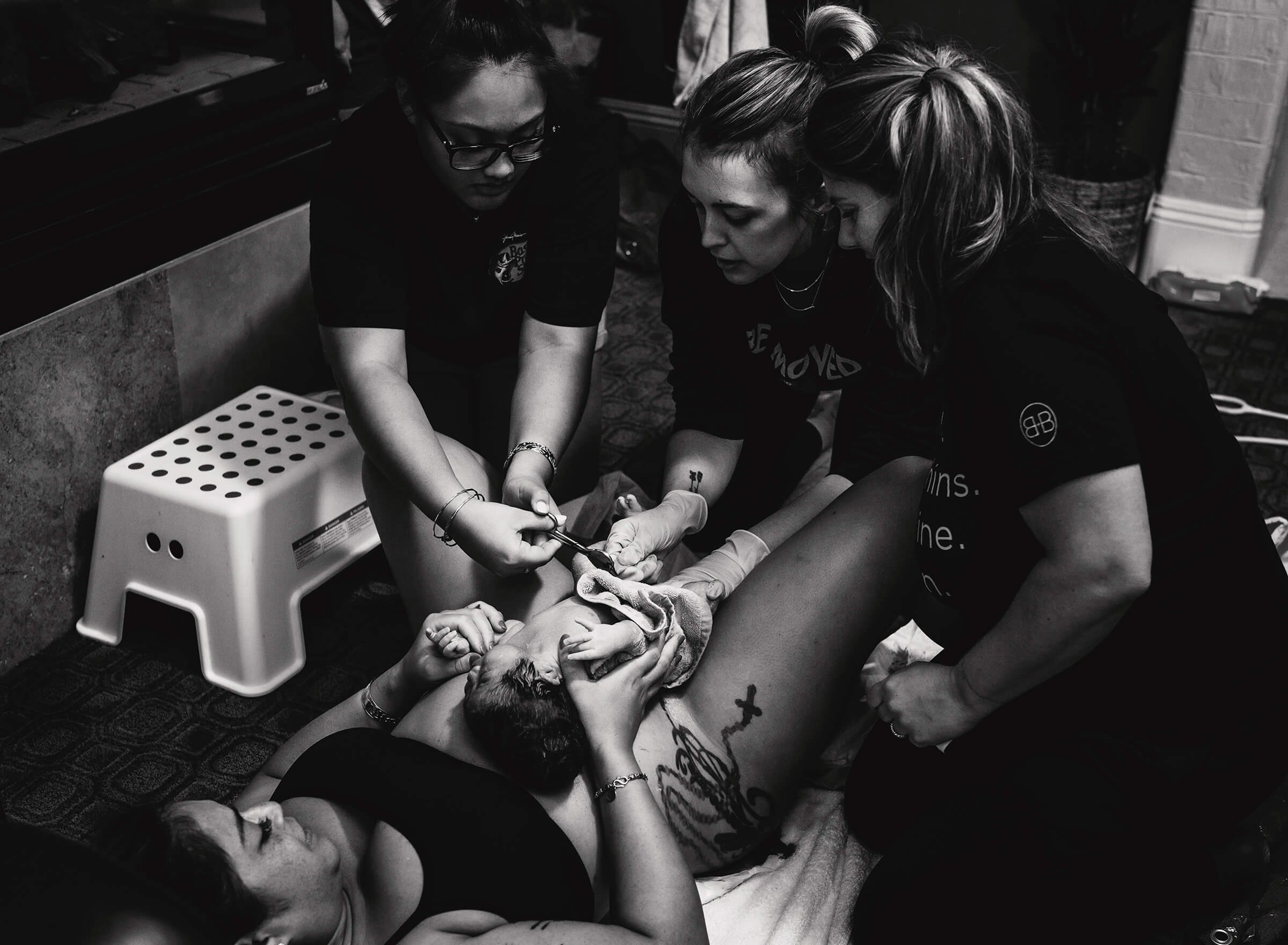
Because families are in a familiar environment, they feel comfortable in their beds, their children feel comfortable interacting and meeting their new baby, and all comfort items are close by.
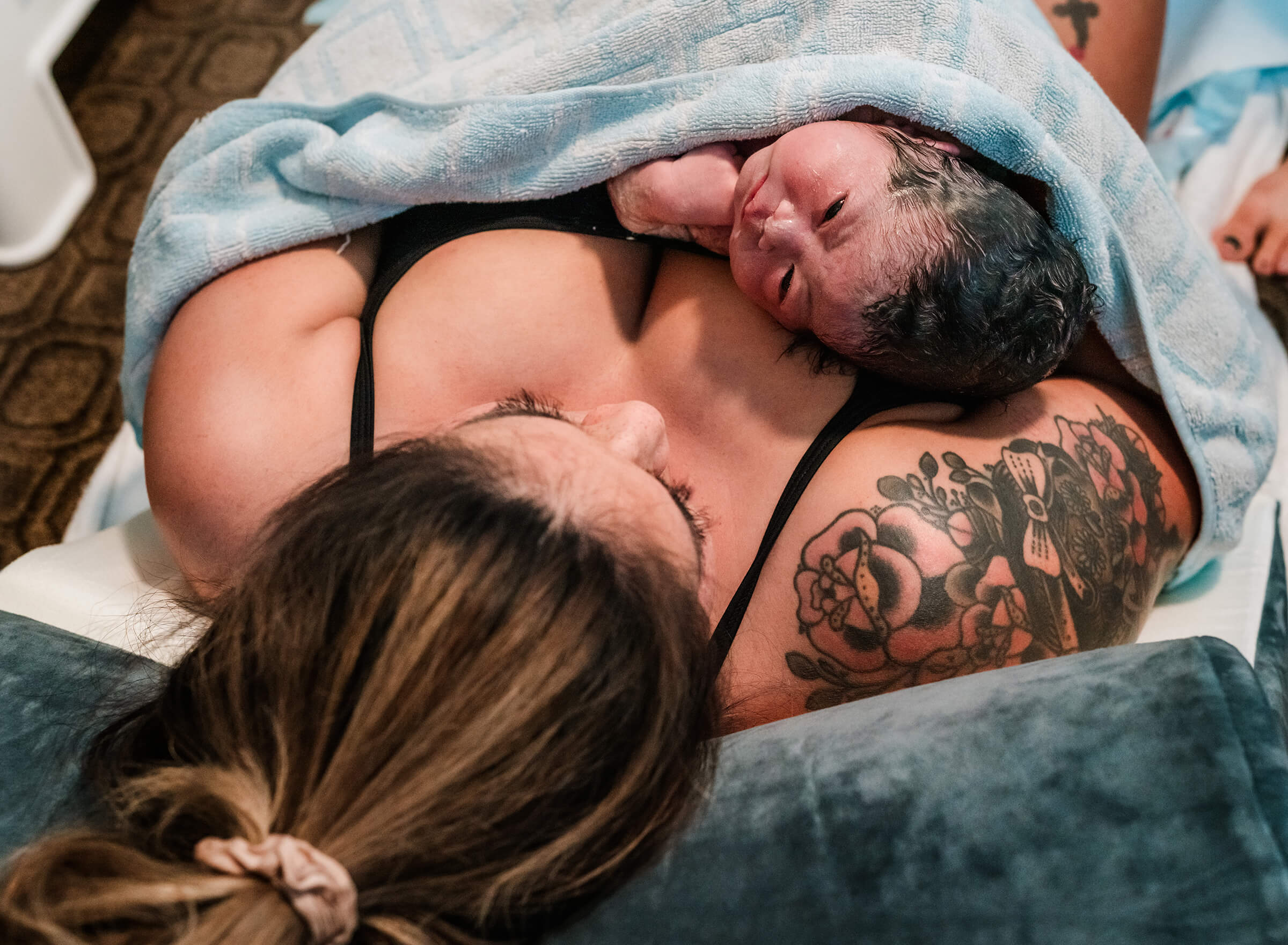
The Empowered Start names some of the many benefits to mom and baby for skin-to-skin including:
-Mothers are more likely to breastfeed during the first four months of life.
-Studies that followed moms and babies for one year found that mothers were also more likely to bond with their newborns.
-Mothers are less likely to have anxiety and experience more satisfaction with their birth experience as a whole.
-Newborns are more likely to have stable heart rates, breathing, blood sugars, and oxygen levels.
There are many resources and evidence-based studies to support this practice.
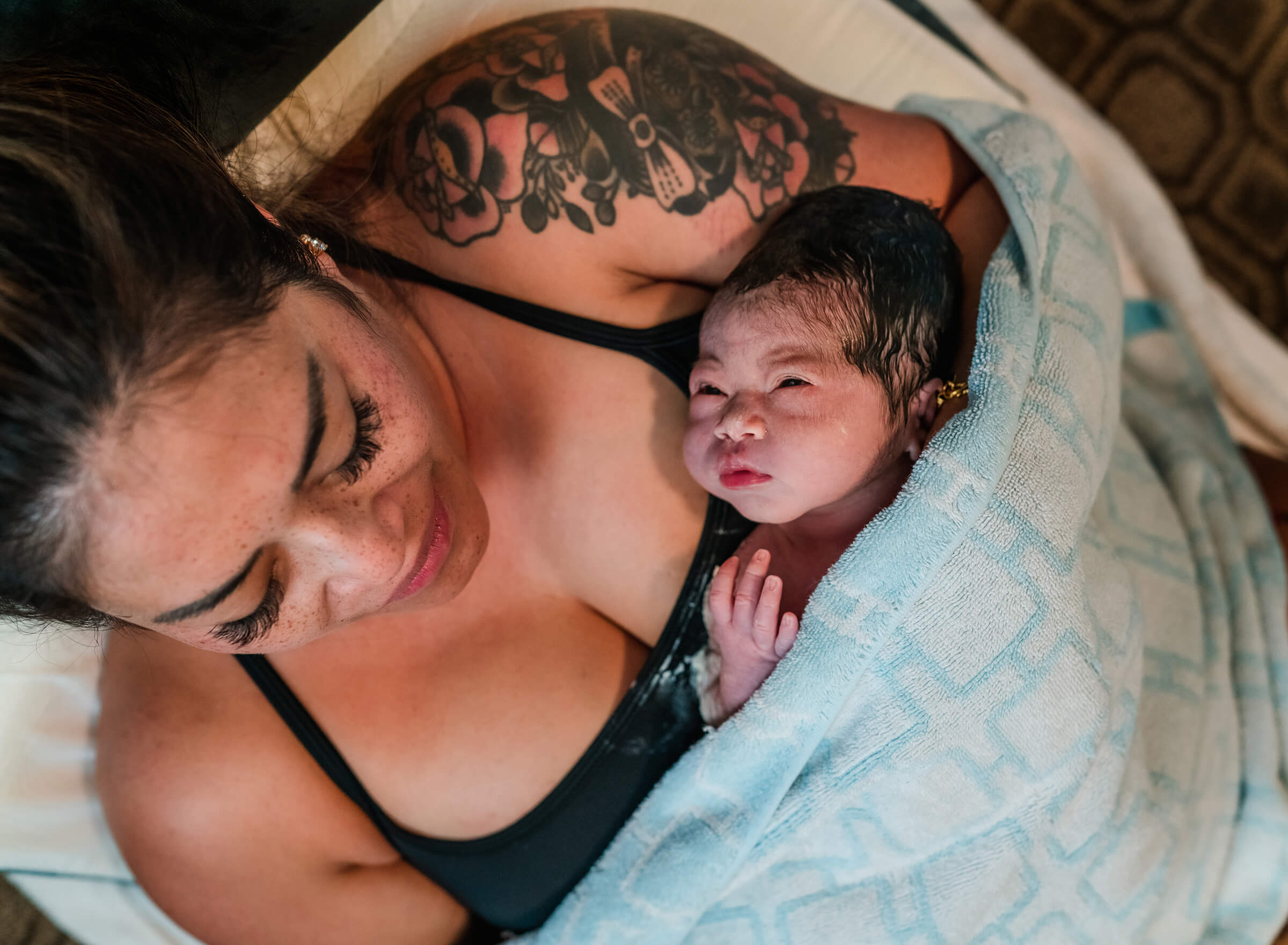
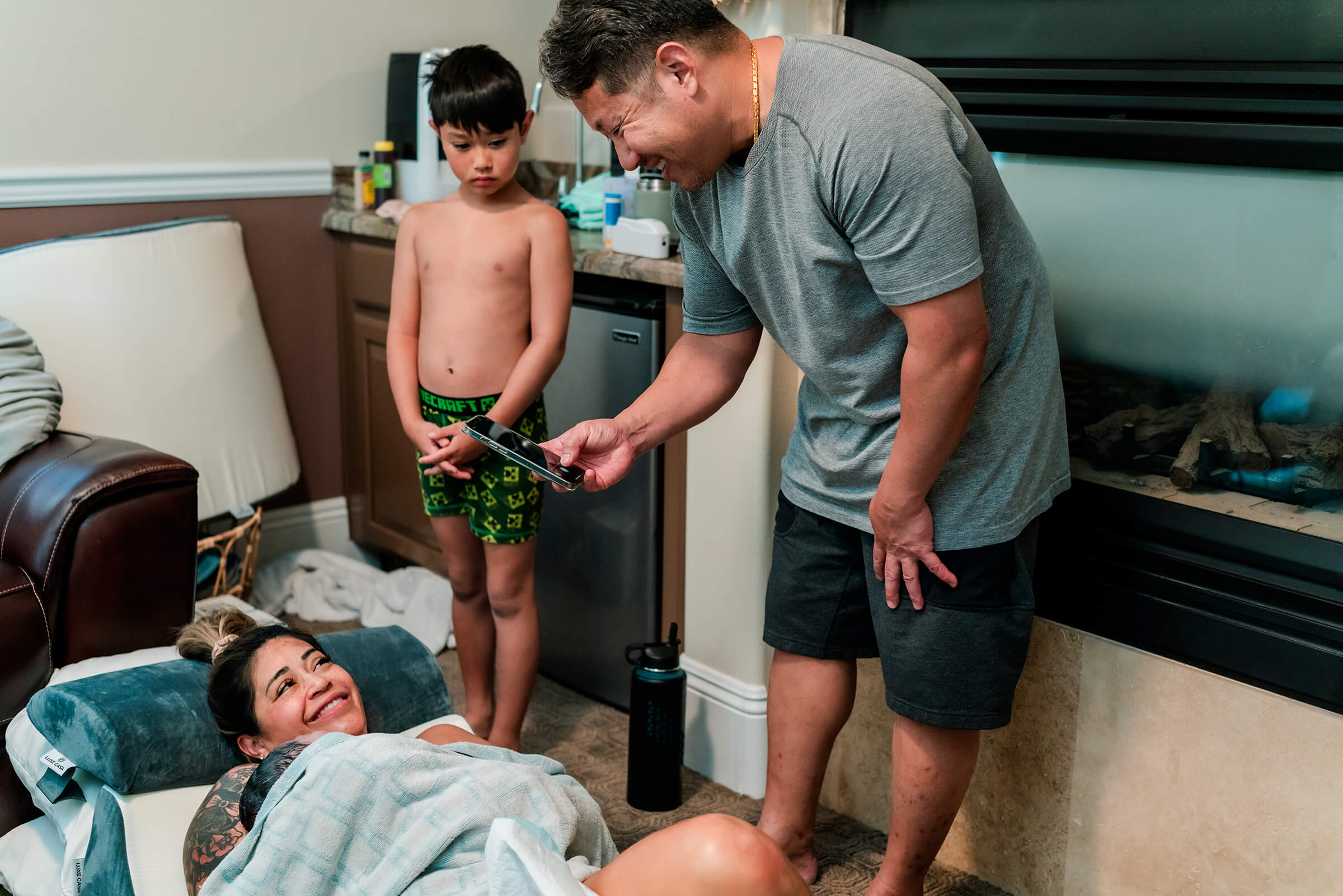
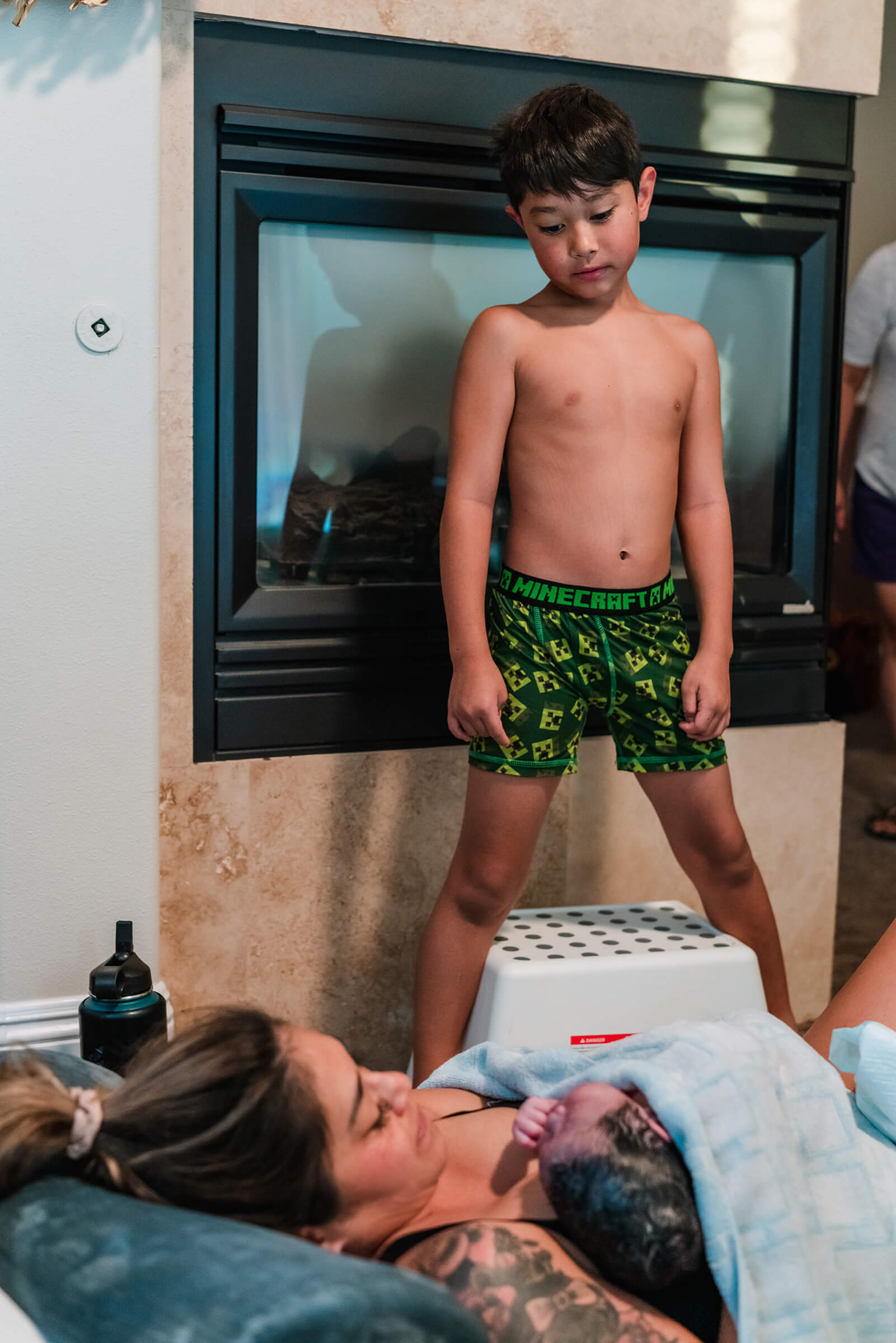
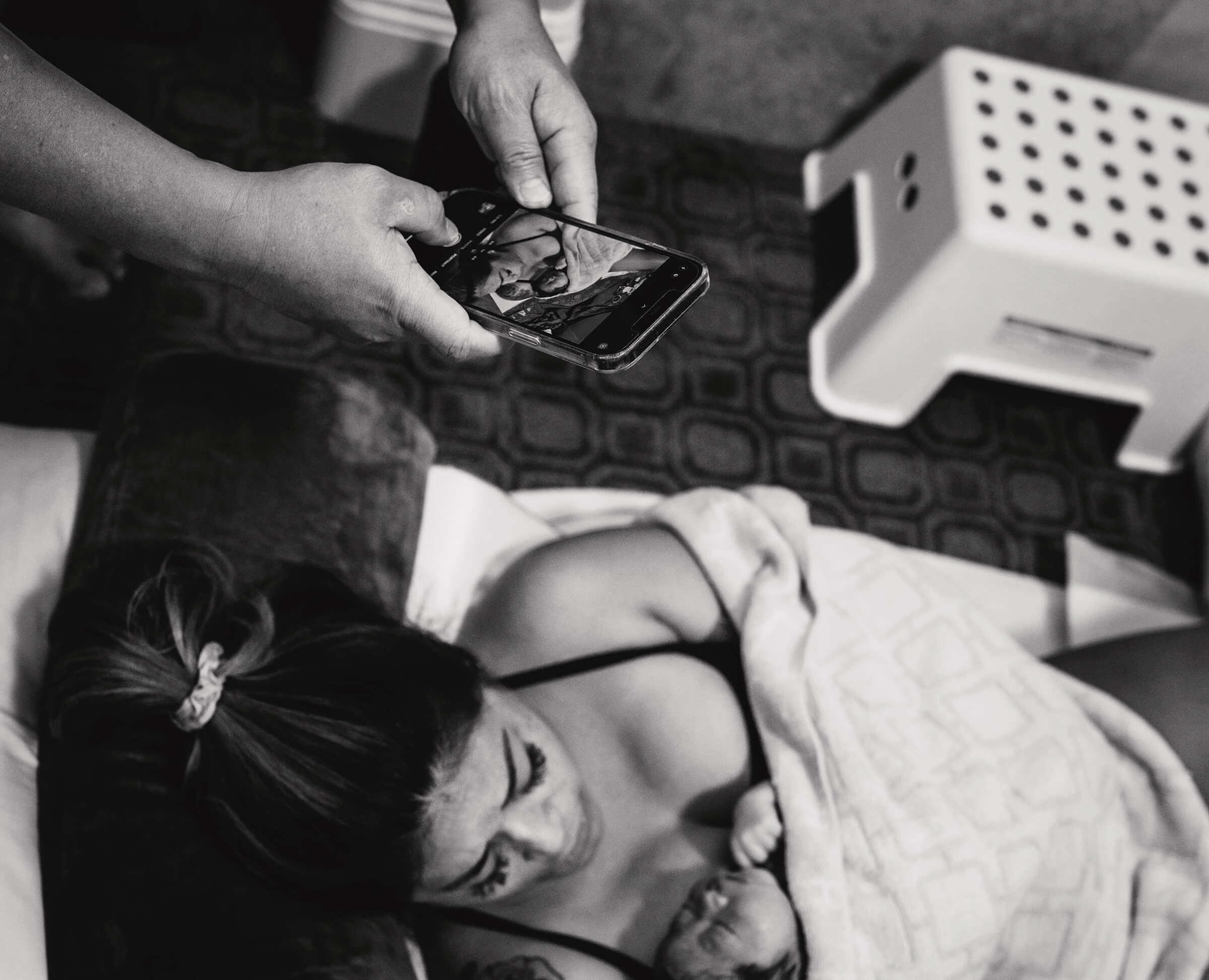
Her sons were able to come in and out of the space as they felt comfortable meeting their new baby brother. They were all immediately smitten, of course!
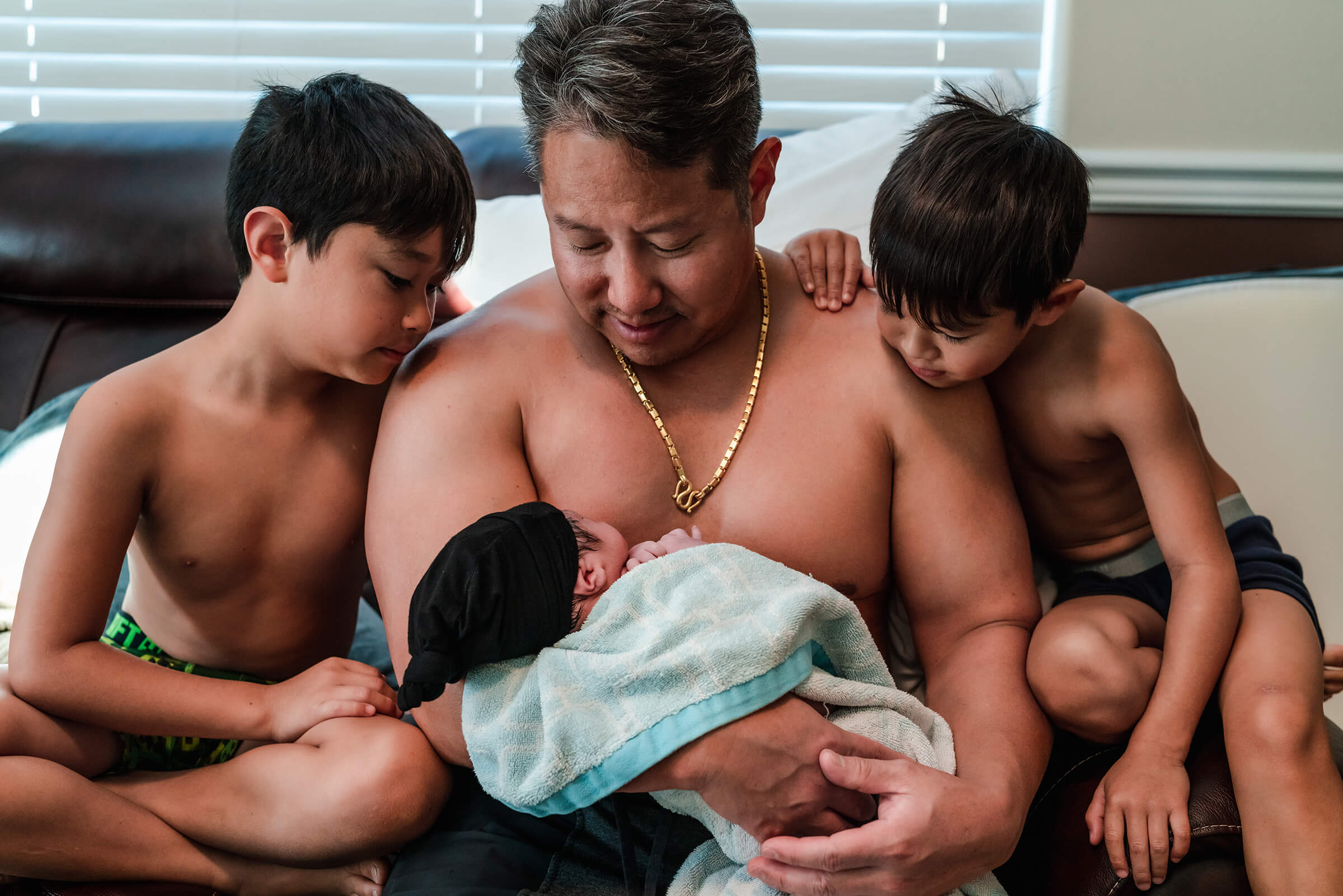
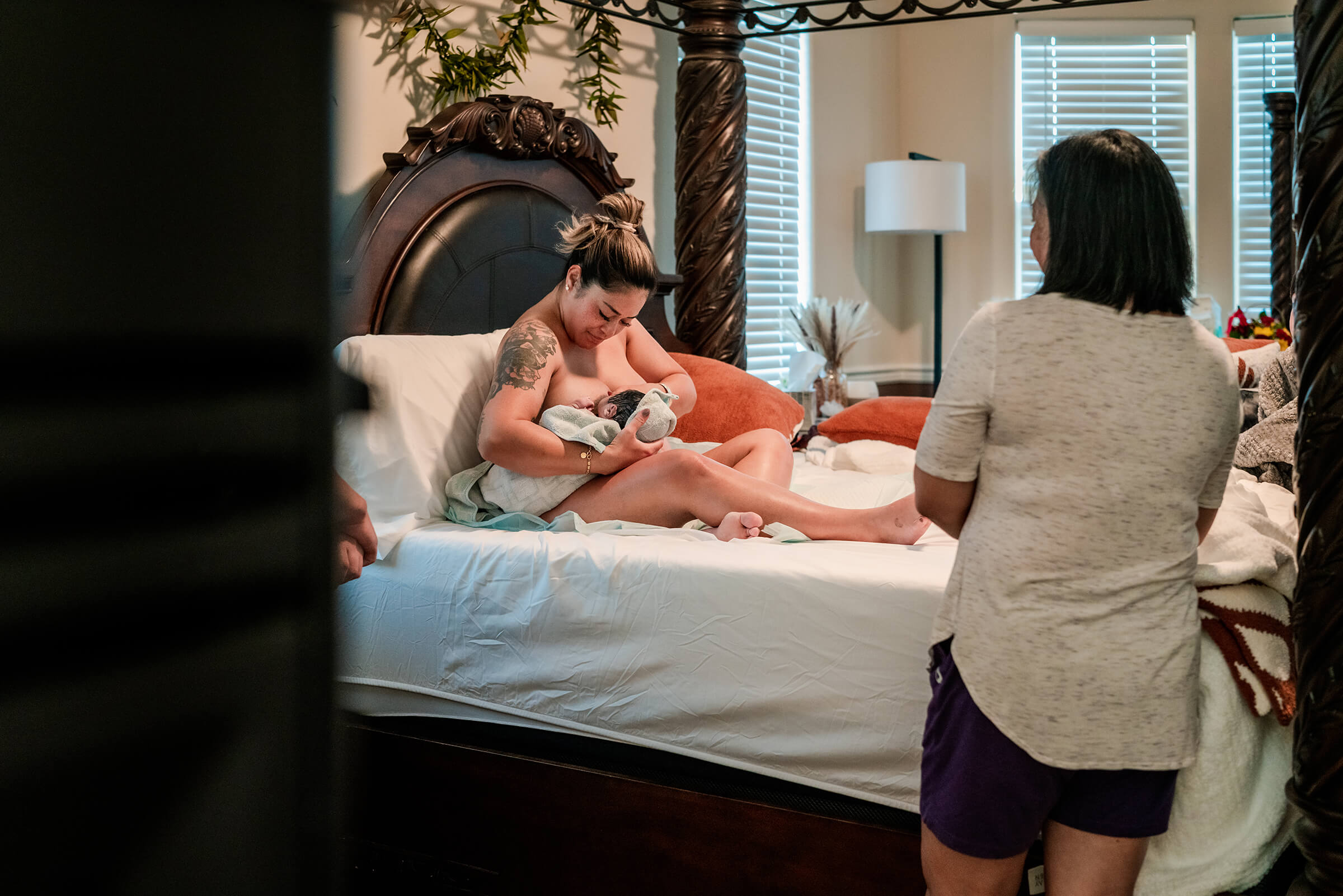
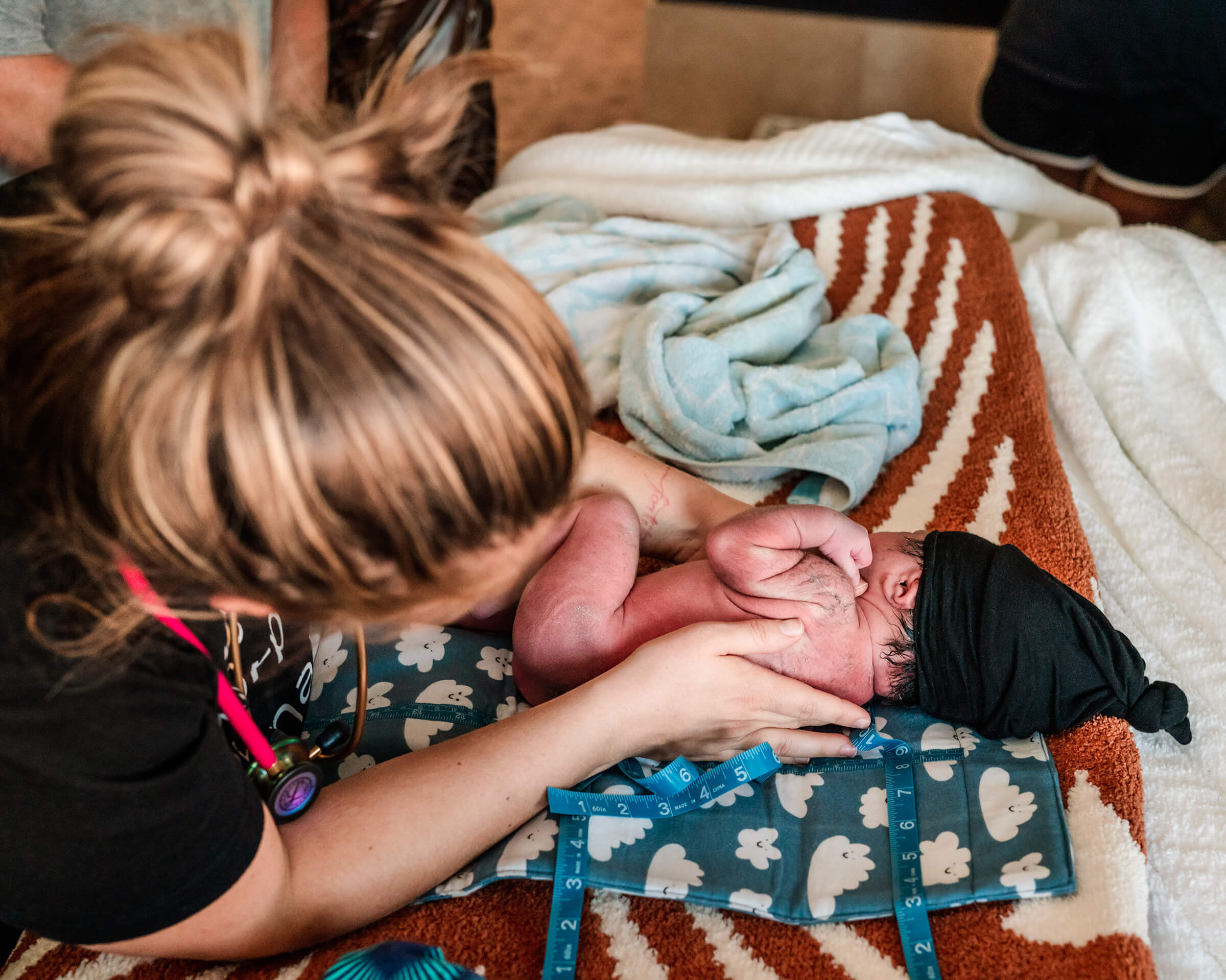
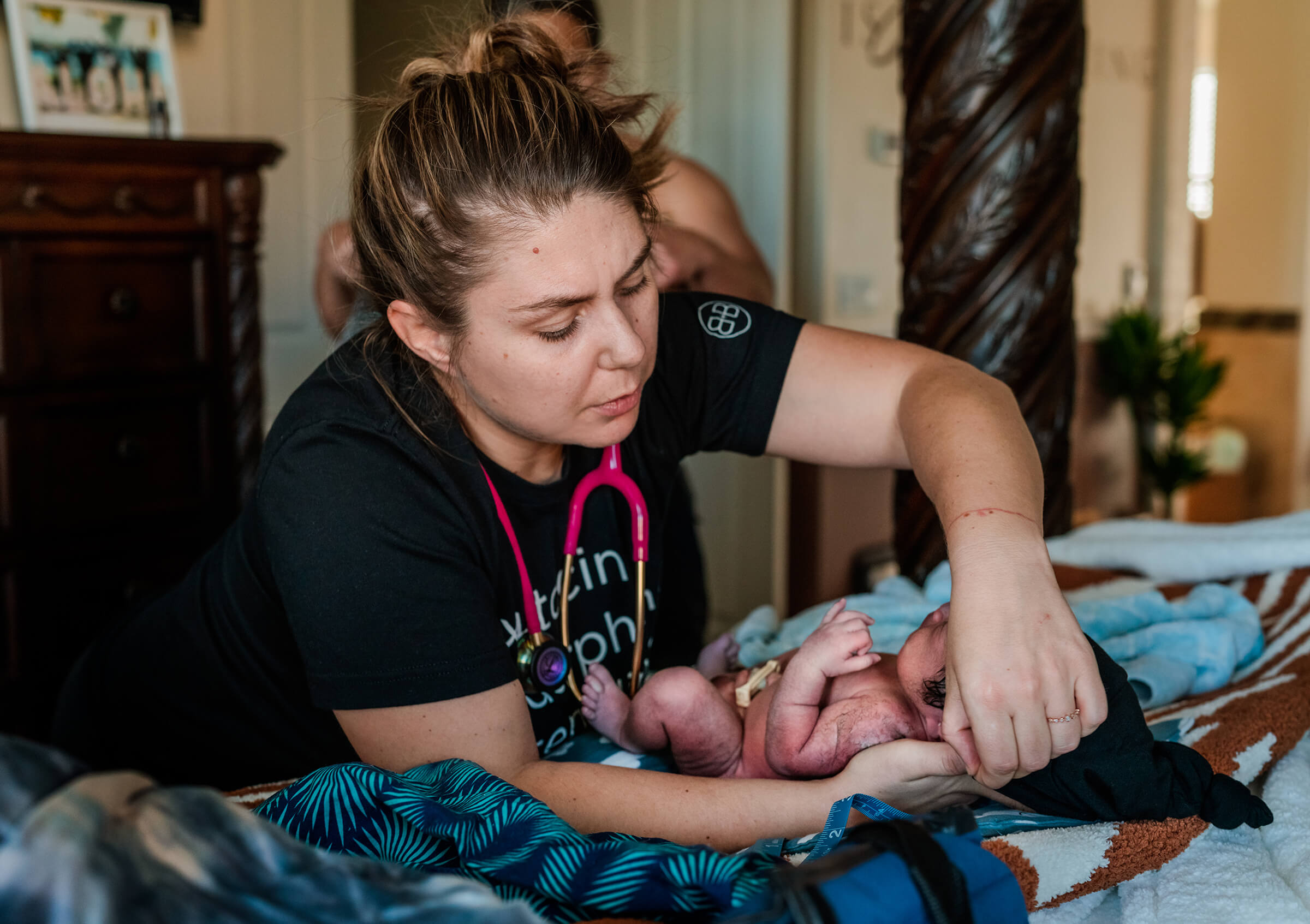

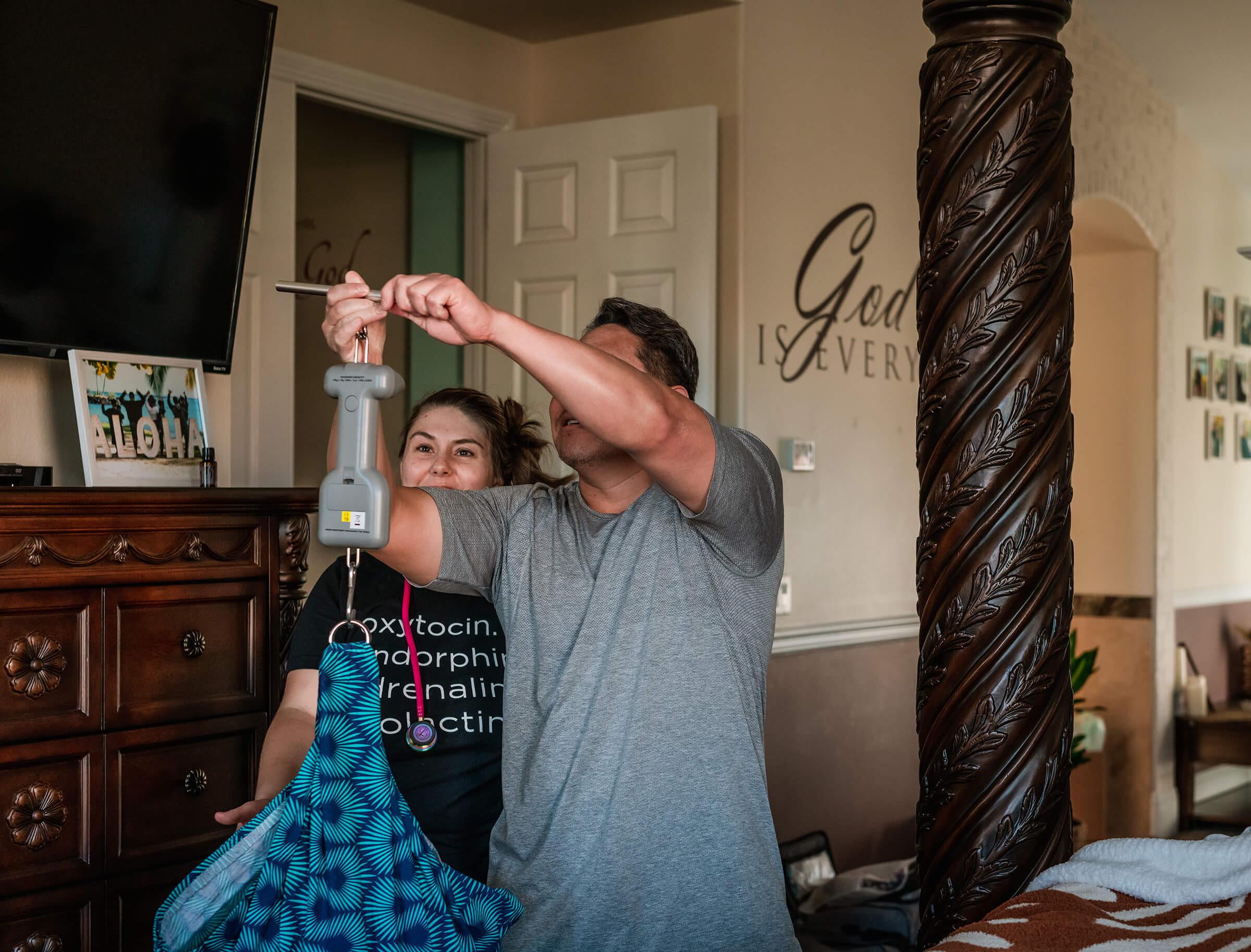
Women have given birth with women present much of history. Having the wisdom and support of those that have gone before you is not only helpful, but also adds an additional layer of trust, and improved experience for mothers.
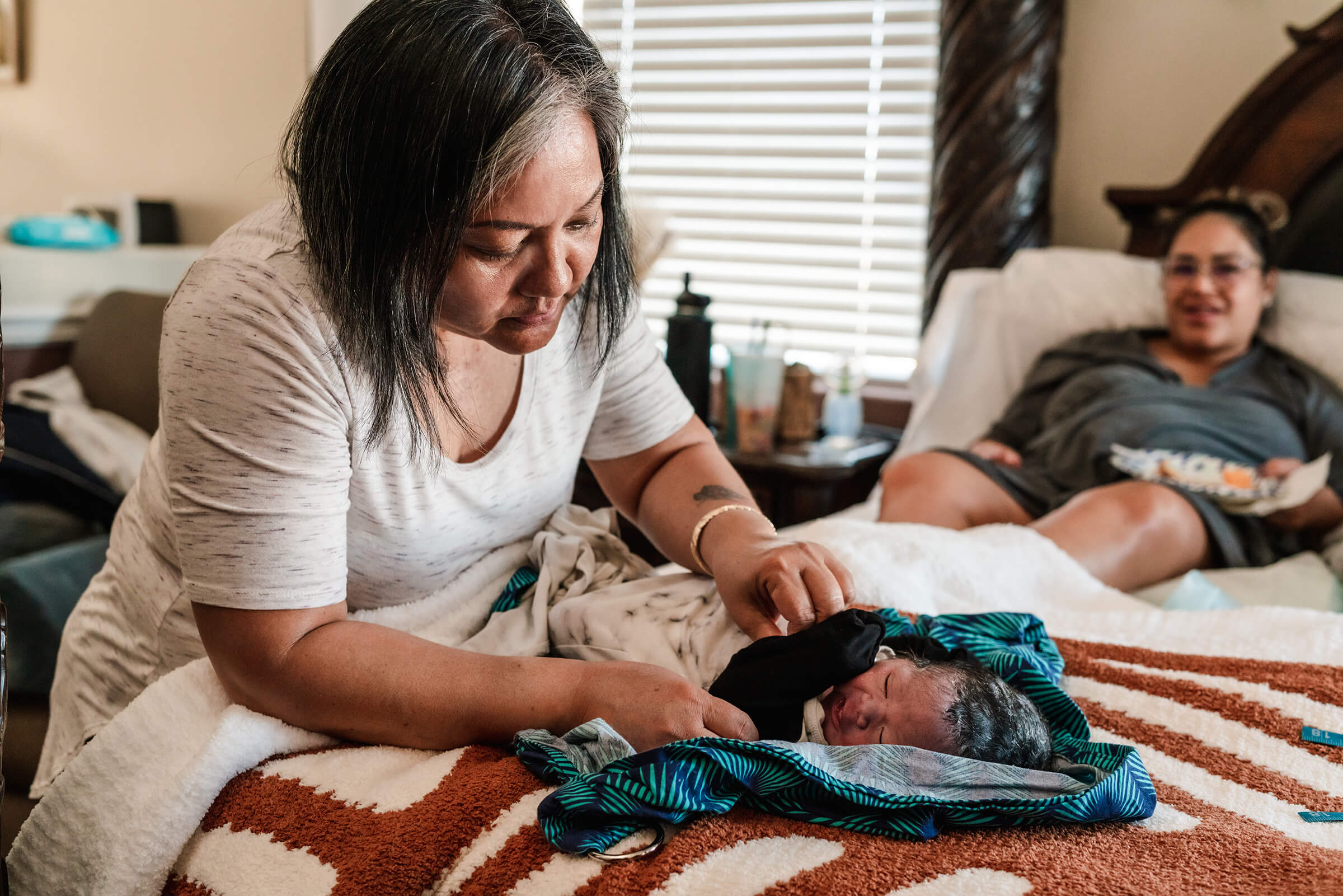
I hope you enjoy their beautiful birth film. It is full of support and care from her beautiful birth team and family.
Stay tuned for my post about how to have a family-centered birth experience in the hospital setting and how you can advocate for it.